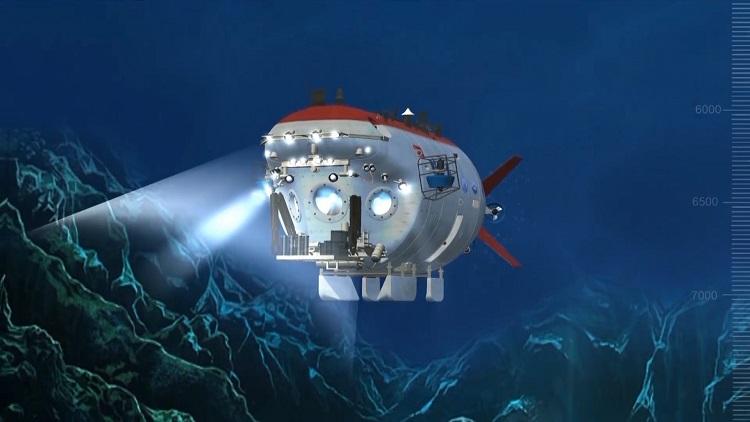Although Beebe nearly always gets the credit, it was in fact Barton who designed the first bathysphere (from the Greek word for "deep") and funded the $12,000 cost of its construction. It was a tiny and necessarily robust chamber, made of cast iron 1.5 inches thick and with two small portholes containing quartz blocks three inches thick. It held two men, but only if they were prepared to become extremely well acquainted. Even by the standards of the age, the technology was unsophisticated. The sphere had no maneuverability—it simply hung on the end of a long cable—and only the most primitive breathing system: to neutralize their own carbon dioxide they set out open cans of soda lime, and to absorb moisture they opened a small tub of calcium chloride, over which they sometimes waved palm fronds to encourage chemical reactions.

But the nameless little bathysphere did the job it was intended to do. On the first dive, in June 1930 in the Bahamas, Barton and Beebe set a world record by descending to 600 feet. By 1934, they had pushed the record to 3,028 feet, where it would stay until after the war. Barton was confident the device was safe to a depth of 4,500 feet, though the strain on every bolt and rivet was audibly evident with each fathom they descended. At any depth, it was brave and risky work.












